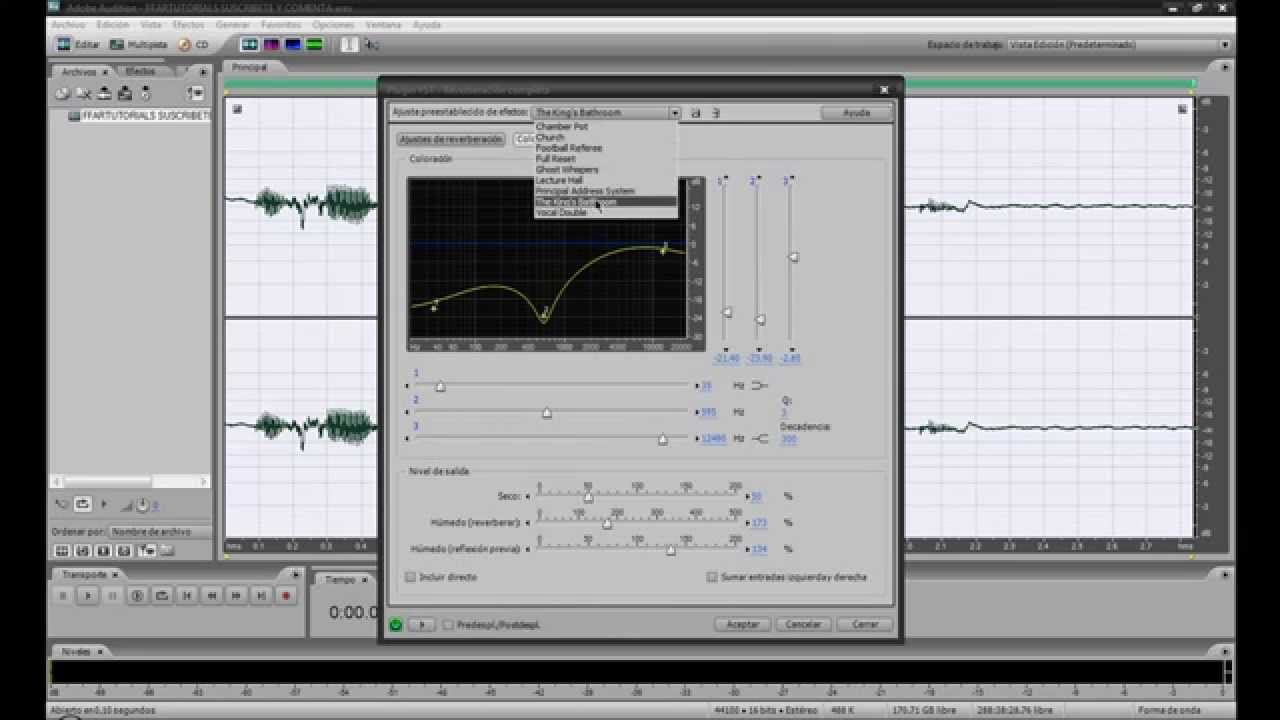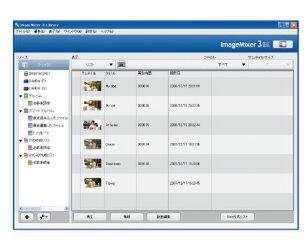

The application of augmentation methods based on GANs are heavily covered in this survey.

The image augmentation algorithms discussed in this survey include geometric transformations, color space augmentations, kernel filters, mixing images, random erasing, feature space augmentation, adversarial training, generative adversarial networks, neural style transfer, and meta-learning. Data Augmentation encompasses a suite of techniques that enhance the size and quality of training datasets such that better Deep Learning models can be built using them. This survey focuses on Data Augmentation, a data-space solution to the problem of limited data.


Unfortunately, many application domains do not have access to big data, such as medical image analysis. Overfitting refers to the phenomenon when a network learns a function with very high variance such as to perfectly model the training data. However, these networks are heavily reliant on big data to avoid overfitting. YUnauthorized substitutions may result inī.Deep convolutional neural networks have performed remarkably well on many Computer Vision tasks. When it is left unattended and unused forīattery, and refer servicing to qualified If you are not sureĢ3 Lightning - For added protection of this Parts that could result in a fire or electric Product and in the operating instructions Operating instructions should be retained Result in a risk of fire or electric shock. Point where they exit from the apparatus.īattery power, refer to instructions in this
IMAGE MIXER 3 INIT FILE INSTALL
“apparatus” or “product” refers to the Canonġ6 Water and Moisture - Hazard of electricġ7 Placing or Moving - Do not place on anĭo not install near any heat sources such TO PREVENT ELECTRIC SHOCK, MATCH WIDE BLADE OF PLUG TO WIDE SLOT, FULLY INSERT. One Canon Plaza, Lake Success, NY 11042, U.S.A. If such changes or modifications should be made, you could be required to stop operation of the equipment. The cable with the ferrite core provided with the digital video camcorder must be used with this equipment in order to comply withĬlass B limits in Subpart B of Part 15 of the F rules.ĭo not make any changes or modifications to the equipment unless otherwise specified in the manual. Increase the separation between the equipment and receiver.Ĭonnect the equipment into an outlet on a circuit different from that to which the receiver is connected.Ĭonsult the dealer or an experienced radio/TV technician for help.Reorient or relocate the receiving antenna. If this equipment does cause harmful interference to radio or television reception, which can be determined by turning the equipment off and on, the user is encouraged to try to correct the interference by one or more of the following measures: However, there is no guarantee that interference will not occur in a particular installation. This equipment generates, uses and can radiate radio frequency energy and, if not installed and use in accordance with the instructions, may cause harmful interference to radio communications. These limits are designed to provide reasonable protection against harmful interference in a residential installation. Note: This equipment has been tested and found to comply with the limits for class B digital device, pursuant to Part 15 of the FCC Harmful interference, and (2) this device must accept any interference received, including interference that may cause undesired operation. Operation is subject to the following two conditions: (1) This device may not cause P This device complies with Part 15 of the FCC Rules. Owners and be contrary to copyright laws. Unauthorized recording of copyrighted materials may infringe on the rights of copyright TO REDUCE THE RISK OF ELECTRIC SHOCK AND TO REDUCE ANNOYING INTERFERENCE, USE THE RECOMMENDED ACCESSORIES ONLY. TO REDUCE THE RISK OF FIRE OR ELECTRIC SHOCK, DO NOT EXPOSE THIS PRODUCT TO RAIN OR MOISTURE. Backing Up Your Recordings on a Computer.Erasing a Photo Right After Recording It.


 0 kommentar(er)
0 kommentar(er)
